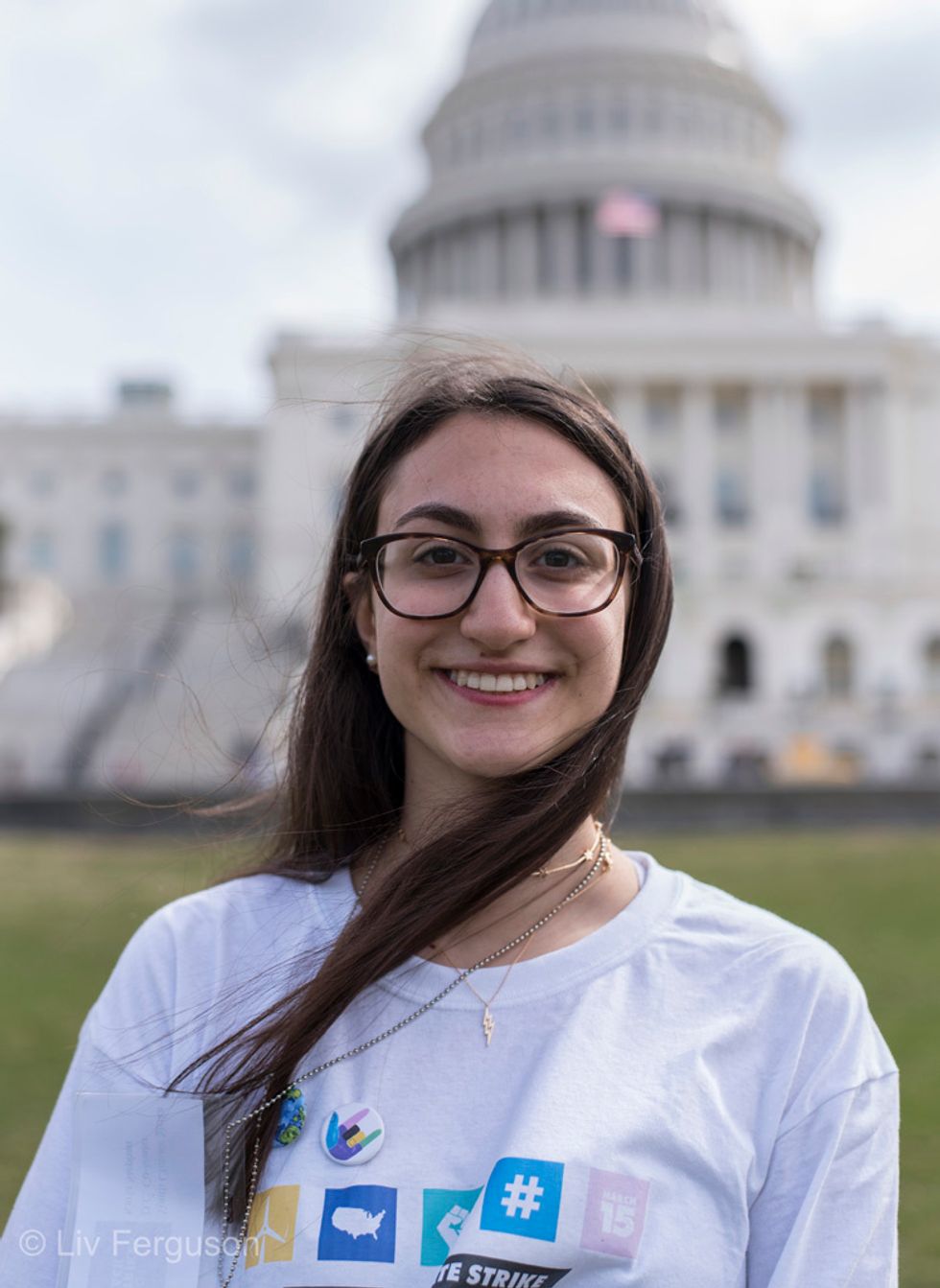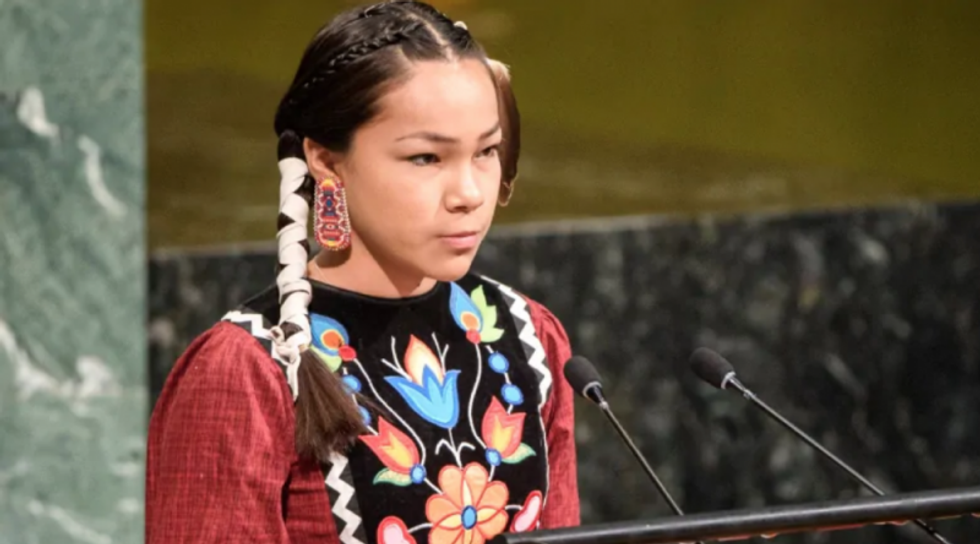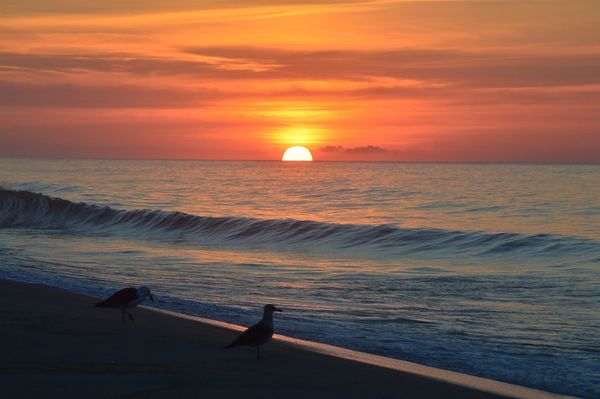Let's start by breaking down what essentially environmental racism means: environmental racism is the systemic degradation of many low-income communities of color around the country; the research continues to echo and reaffirm how black and brown Americans are disproportionately impacted by polluting industries today – specifically trash incinerators, landfills and fossil fuel power plants.
In an interview for Yale Environment 360, Jacqueline Patterson, the Environmental and Climate Justice Director for the NAACP commented on the disproportionate burden faced by communities of color: "An African American child is three times more likely to go into the emergency room for an asthma attack than a white child, and twice as likely to die from asthma attacks as a white child. African Americans are more likely to die from lung disease, but less likely to smoke.
Especially looking at this problem a local perspective in the Bronx, organizations like South Bronx Unite have actively implemented efforts as a mean to counter ongoing institutionalized environmental racism locally within the Bronx. South Bronx United have been persistently fighting the proposed Fresh Direct relocation on multiple fronts: testifying at public hearings; protesting at the proposed location; lobbying elected officials and filing lawsuits. Late last year, they even took their claim of environmental racism all the way to the United Nations Climate Summit. But so far, their concerns are going mostly unanswered.Also, since the early 1990s, residents of Chester, Pennsylvania, a small town with a majority African American population that suffers from high rates of lung disease, leukemia and cancer, have been waging battles against the unprecedented number of toxic industries that are located in their backyard.
Sixteen year old, internationally-acclaimed, Swedish environmental activist, Greta Thunberg, recently called out how, "After all, the climate crisis is not just about the environment. It is a crisis of human rights, of justice, and of political will. Colonial, racist, and patriarchal systems of oppression have created and fueled it. We need to dismantle them all. Our political leaders can no longer shirk their responsibilities."
Also, it is important how many Black and Brown environmental activists have been vocally calling out climate change for years, yet, the media never really acknowledged their hard work and depict Greta Thunberg as the sole center of youth-led climate activism. Consequently, the ongoing work of many Indigenous, Black, and Brown youth activists are often erased or obscured.
1. Isra Hirsi (16), daughter of US Representative Ilhan Omar, is the co-founder of the US Youth Climate Strike. Her focus is highlighting how the climate crisis disproportionately impacts the world's most marginalized communities by moving the conversation about environmental devastation towards racial justice. Isra says, "As a [B]lack Muslim woman, it is important to me to have intersectionality be brought into this fight!"
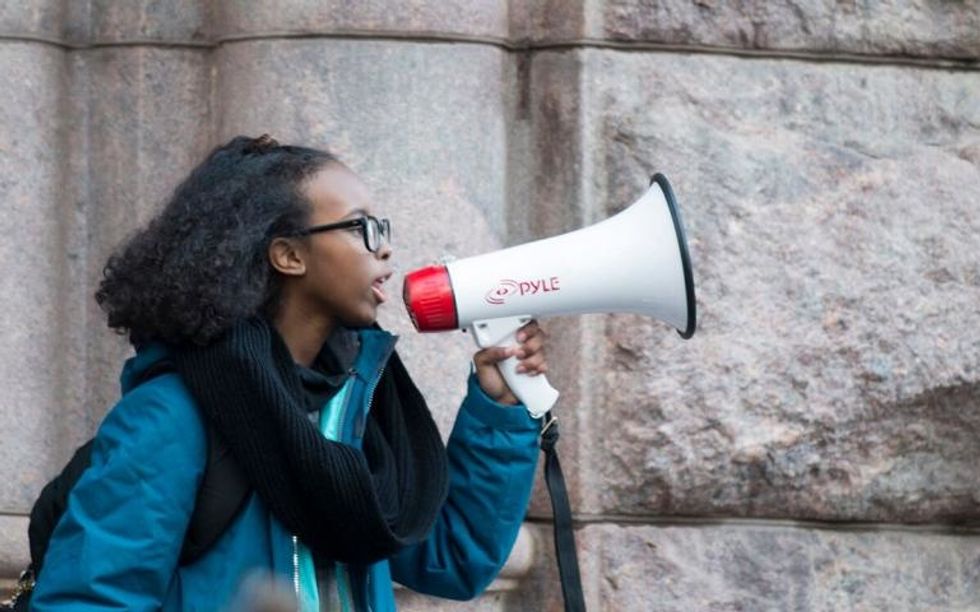
2. Feliquan Charlemagne (17) is the National Creative Director and Florida State Lead for US Youth Climate Strike. As an immigrant from St. Thomas in the Carribean Virgin Islands and a current resident of Florida, Charlemagne has seen the destabilizing economic and environmental consequences of white colonialism and capitalist greed manifest in both places. He says, "[L]ow income [B]lack communities have already been affected by rising rates of health problems due to low air quality. These communities will not be able to afford to live an a climate crisis economy." He also highlights how climate change disproportionately impacts queer communities of color due to high rates of queer youth experiencing poverty and homelessness.
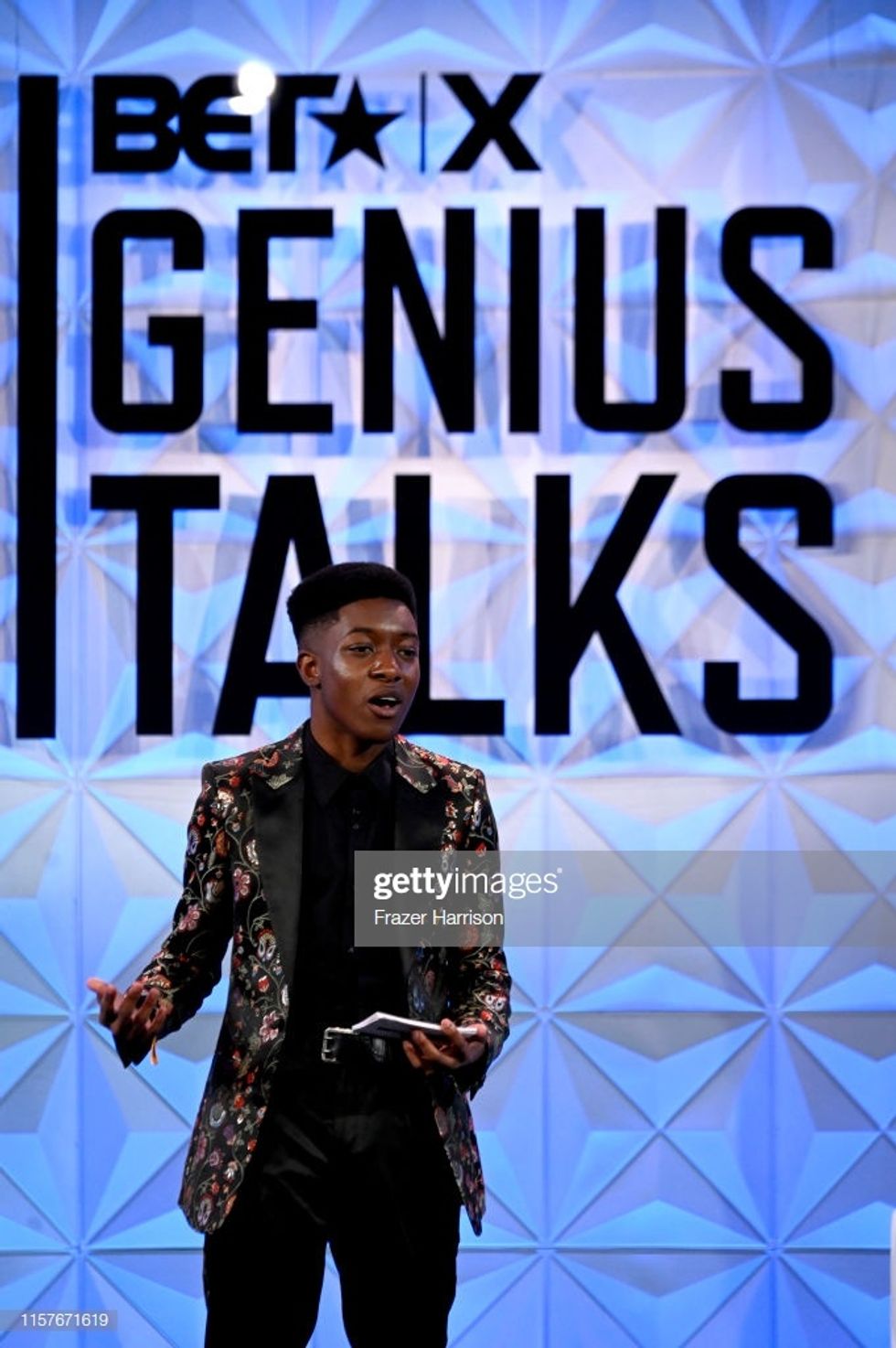
3. Anya Sastry (16) is National Outreach Director for the US Youth Climate Strike and is also an activist in the areas of gun violence prevention and women's rights. She credits her parents with instilling a sense of justice in her and nurturing her commitment to environmental activism. Anya says, "I hope to bring this movement to communities that have not yet been included in this global fight for environmental justice and create more accessibility for communities that are marginalized and less privileged. Ultimately, while climate change affects everyone, these communities are the ones being impacted the most by the climate crises and environmental injustice, and it is vital that we have them on the frontlines of our intersectional advocacy."
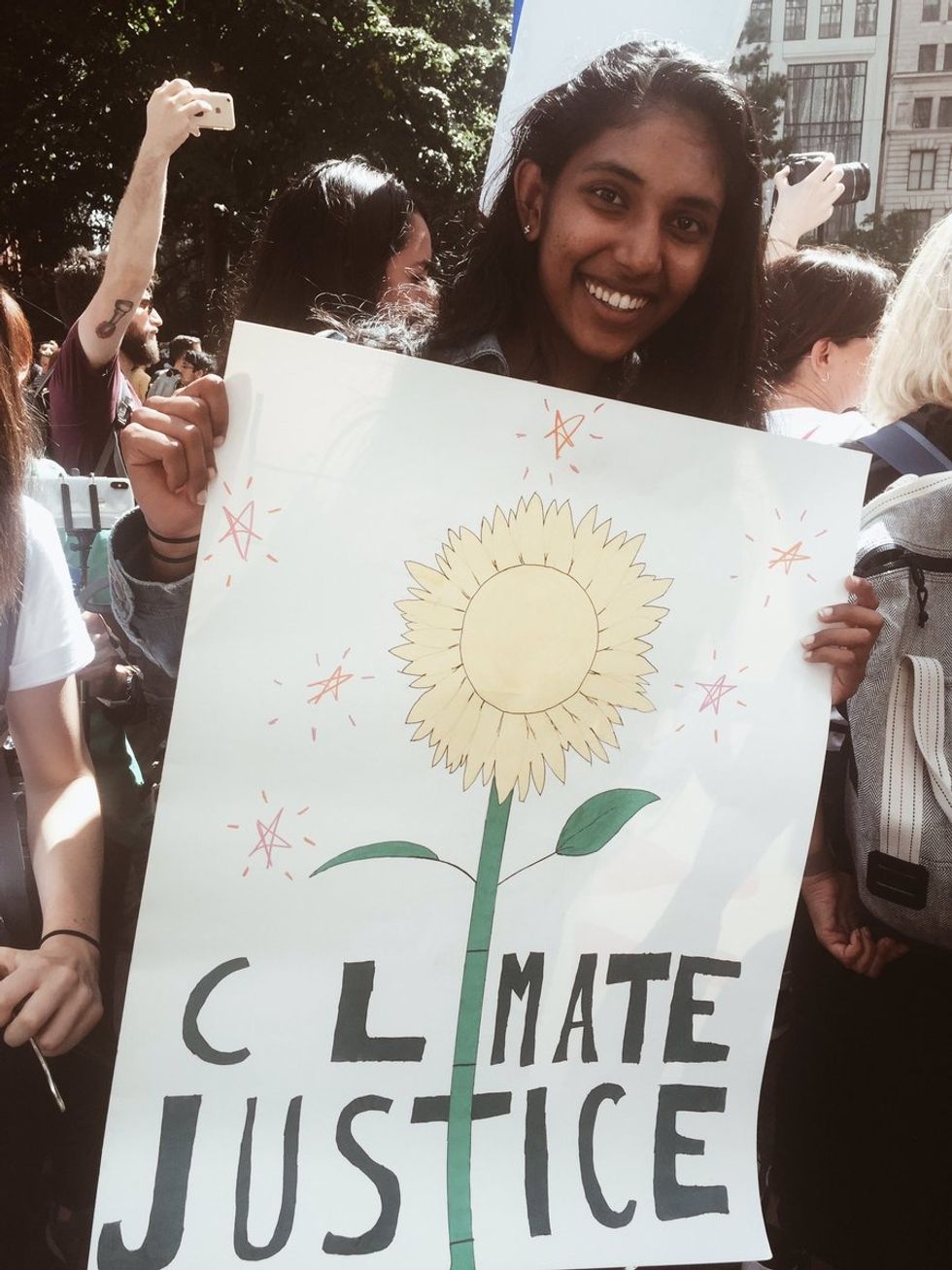
4. Jamie Margolin (17), a queer mixed-race Latina, is the co-Executive Director of Zero Hour, a youth of color-led organization which "educate[s] communities around the country and abroad about the systems of oppression that [are] root causes of climate change in our platform, including Capitalism, Racism, Sexism, Colonialism, and how these systems intersect with the climate movement to form climate justice" and their platform "specifies the need for climate justice, including equity, racial justice, and economic justice." She credits her Colombian immigrant and an Ashkenazi Jewish parents with fostering her passion for activism and advocacy of communities at the margins.
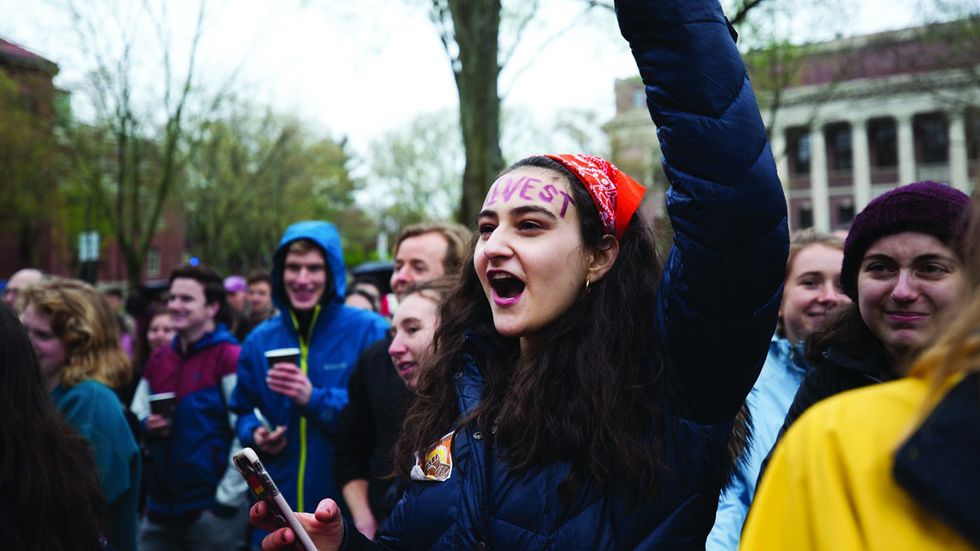
5. Ridhima Pandey (11) is from Uttarakhand, India and is among the 16 young activists in a joint lawsuit against Germany, France, Brazil, Argentina and Turkey for their environmental destruction. But she helped to file her first legal complaint against the Indian government when she was just 9 years old, and it culminated in the National Green Tribunal Act of 2010. In 2017, she told The Independent, "My government has failed to take steps to regulate and reduce greenhouse gas emissions, which are causing extreme climate conditions. This will impact both me and future generations. My country has huge potential to reduce the use of fossil fuels, and because of the Government's inaction, I approached the National Green Tribunal."
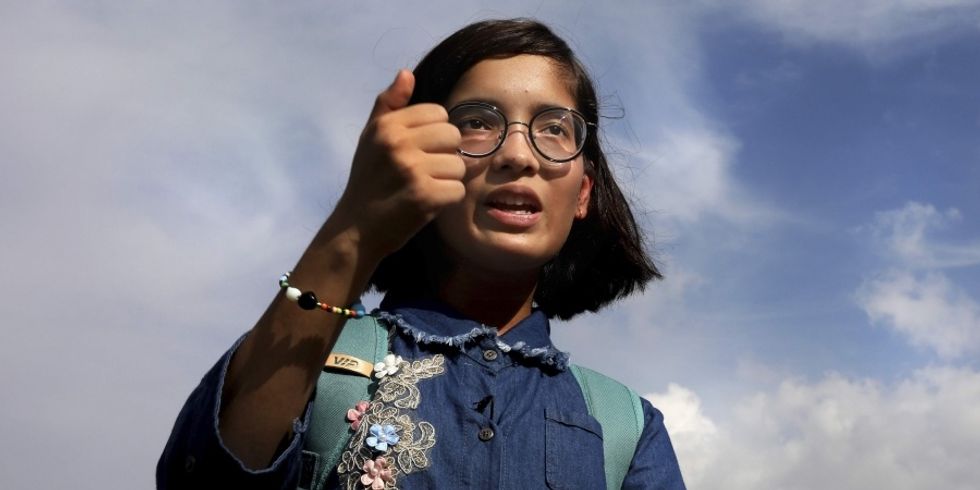
6. Autumn Peltier (13), an internationally recognized advocate for clean water, is the Chief Water Commissioner for the Anishinabek Nation and a member of the Wikwemikong First Nation. She is a water protector and "water warrior" who was recently nominated for the 2019 International Children's Peace Prize. Follow Autumn's activism work through her mother and fierce supporter, Stephanie Peltier, and Anishinabek Nation on social media.
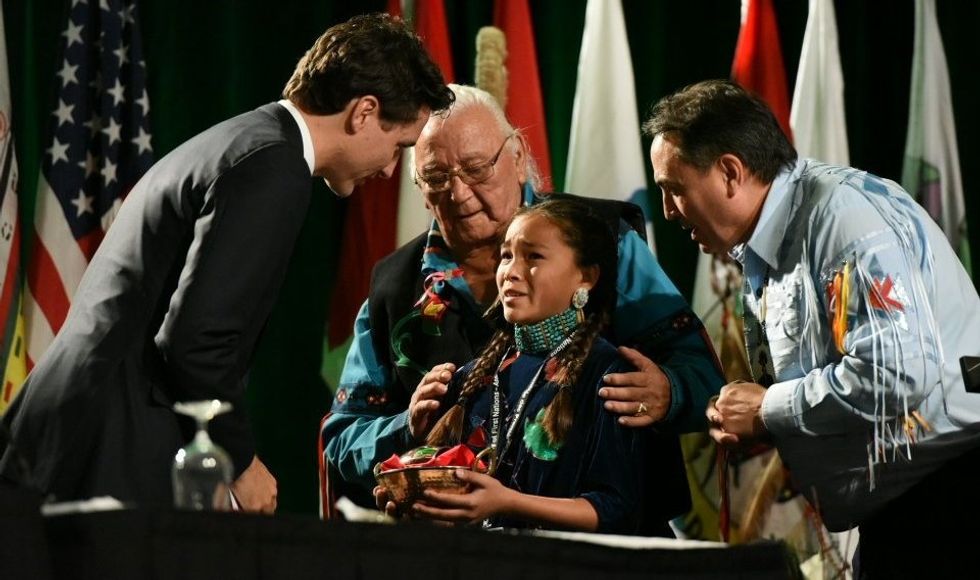
7. Jerome Foster II (17) is an extremely ambitious young man—a climate activist, an author, a National Geographic Explorer, a Smithsonian Ambassador, Founder and Editor-in-Chief of The Climate Reporter, Founder and Executive Director of One Million of Us, and Founder and CEO of TAU VR. Among many other things, he uses his expertise as a Virtual Reality and AI Developer to fight climate change, coding virtual reality experiences which allow users to move through the plastic-filled oceans and experience other real-world consequences of environmental pollution and ruin.
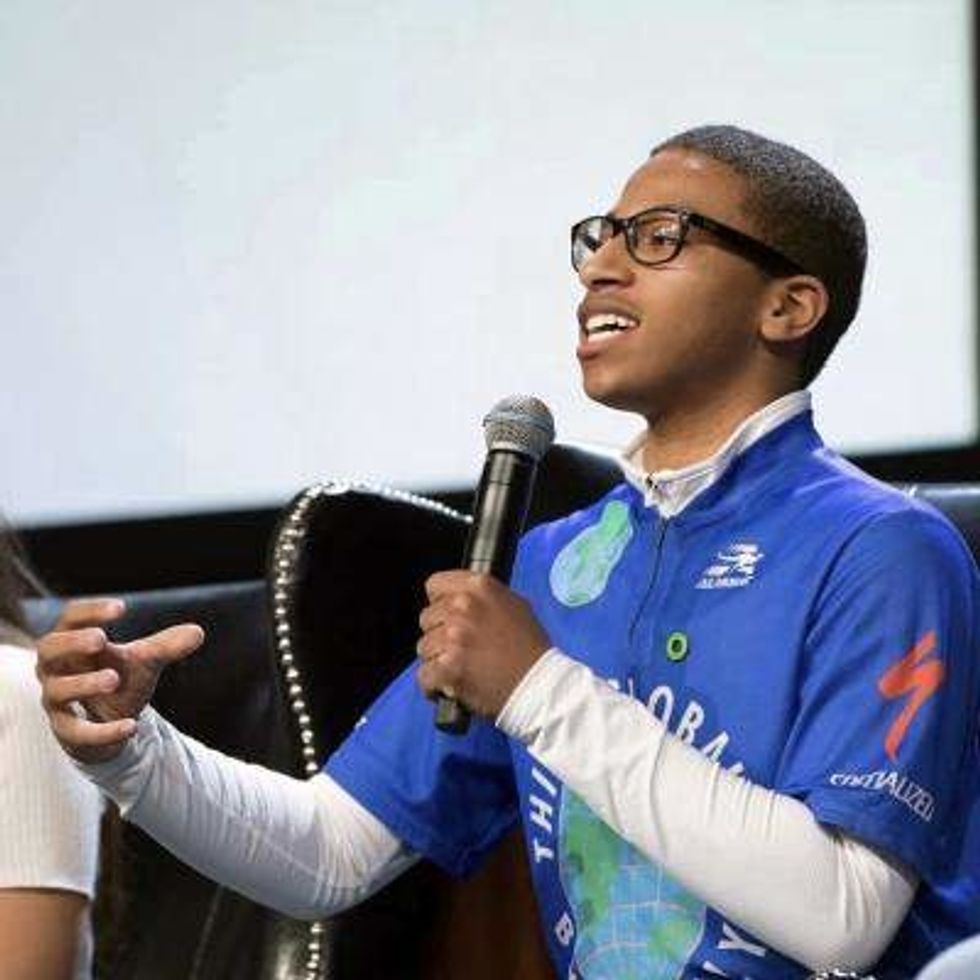
8. Helena Gualinga (17) is from the Ecuadorian Amazon and has already been fighting for environmental justice for many years, having participated in the fight against big oil in her home of Sarayaku since she was very young. To the question of what world leaders can do now to help with the climate crisis, Gualinga had offered, "They can help us stop the fossil fuel industry and protect indigenous people in the Amazon, because those are the people who have been protecting the world's rainforest for a very long time now." She is a Sarayaku Leader and one of the team who launched the historic Kawsak Sacha (or Living Forest Declaration) in 2018, which "proposes a legal recognition of the revindication for territorial rights and Mother Earth, which is necessary and essential for the balance of the planet and the preservation of life.
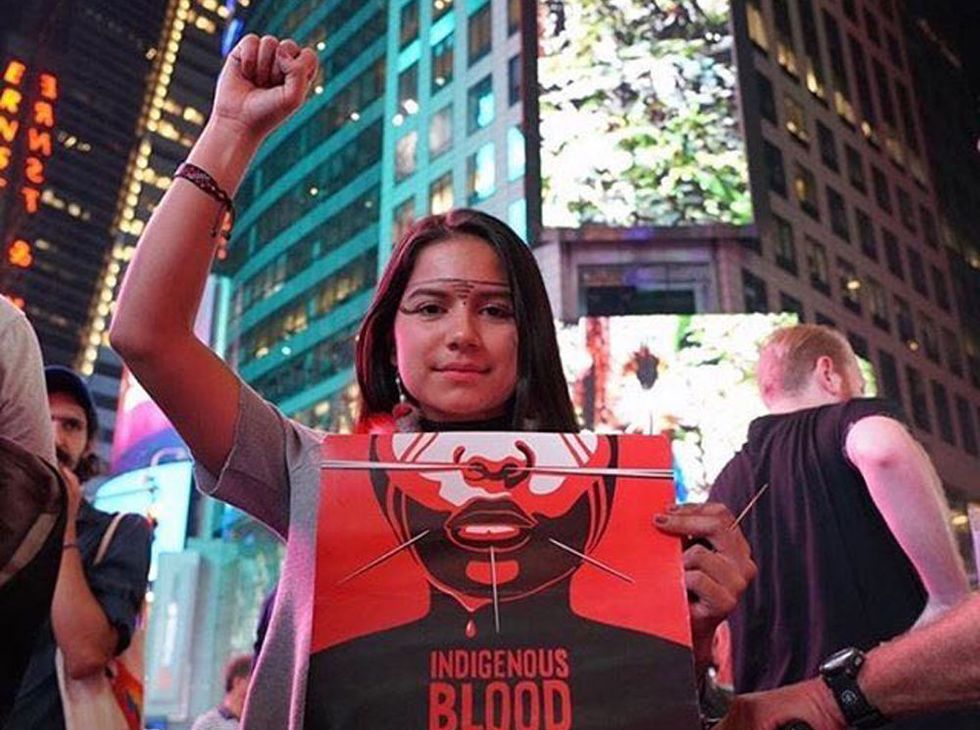
9. Xiuhtezcatl Martinez (19) is a climate activist and hip-hop artist who has been fighting for climate justice since he was six years old. Xiuhtezcatl is currently serving as the Youth Director of Earth Guardians. He has given multiple TED Talks about environmental activism and spoke, in at least three languages, at the UN General Assembly on Climate Change at age 15. His first book, We Rise, was released in 2017 and encourages others to join the movement to help protect Earth.
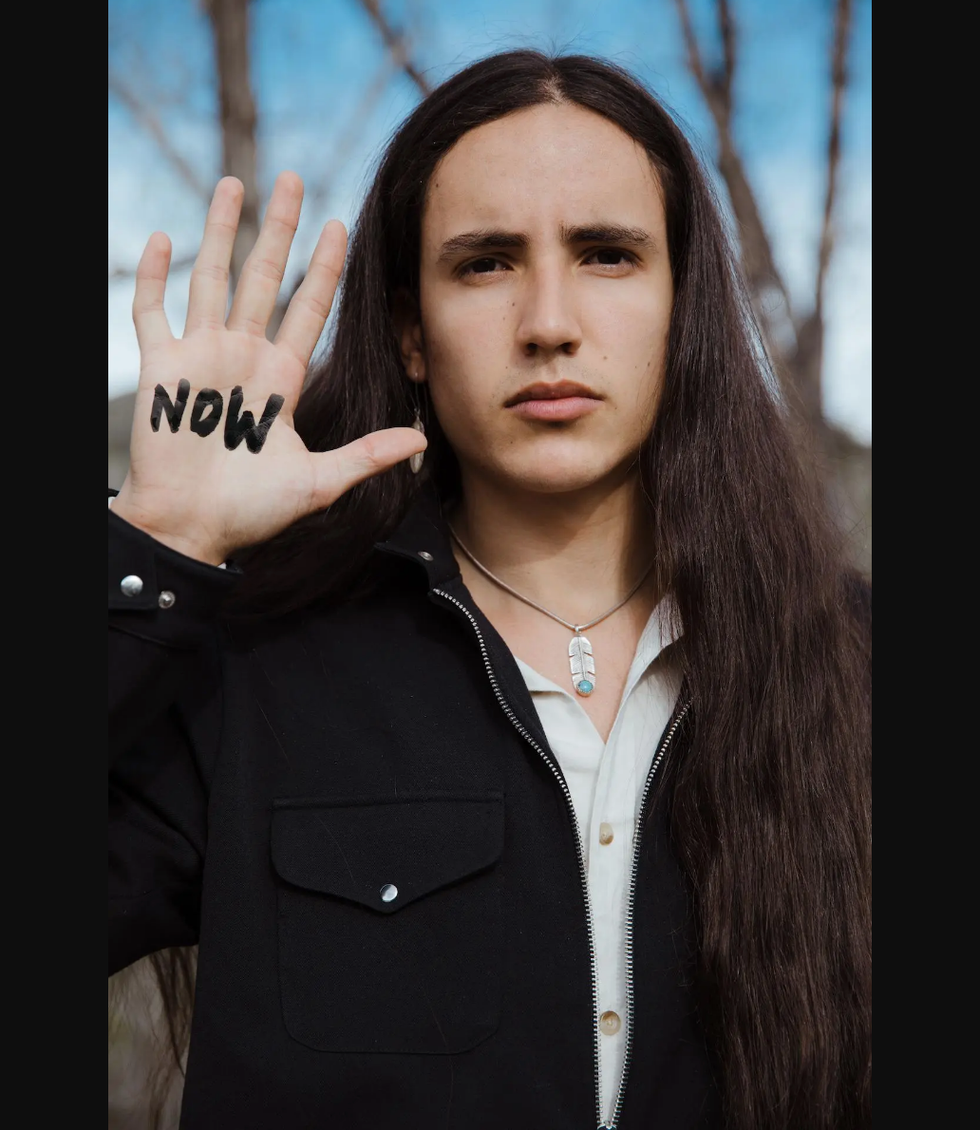
10. Bertine Lakjohn (18) is from the Marshall Islands and attended high school in Japan. When she returned and found that her environment had already changed significantly after being gone for such a short amount of time, her interest in climate justice was sparked. She facilitates a youth leadership camp where the focus is put on the importance of leadership in the climate change movement and gave a TED-Ed Student Talk, "Education should not limit your success," in 2018. Lakjohn encourages us to help others around us become more aware of the climate crisis and the things surrounding it, saying, "If you have a strong connection to environmental issues, I think you should be influencing others to take the same steps as you. Those that are uninformed informed them, those that want to do more but don't know how, teach them."
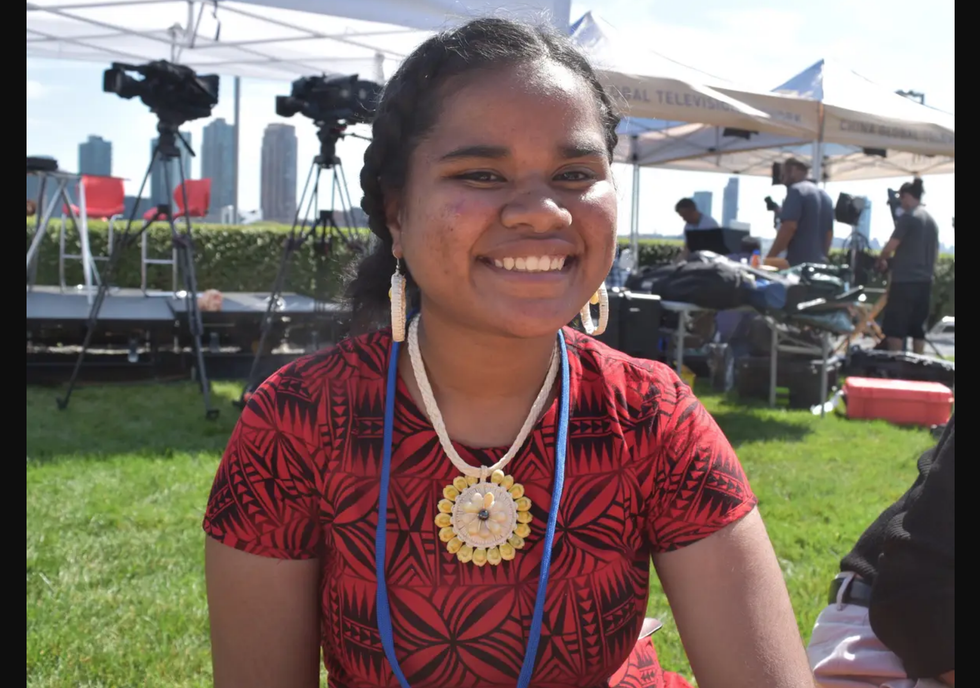
11. Xiye Bastida (17) spent most of her life in San Pedro Tultepec, Mexico as part of the Otomi-Toltec indigenous peoples. There, she saw frequent flooding of her hometown due to climate change. She currently has a role on the administration committee of the Peoples Climate Movement, to bridge connections between youth and existing grassroots and climate organizations. A member of Sunrise Movement and Extinction Rebellion, Bastida has an undoubted passion for her work and launched a youth activism training program to expand the climate justice movement. She received the "Spirit of the UN" award in 2018 for her activism. "Earth is our home," she says. "It gives you air, water and shelter. Everything we need. All it asks is that we protect it."
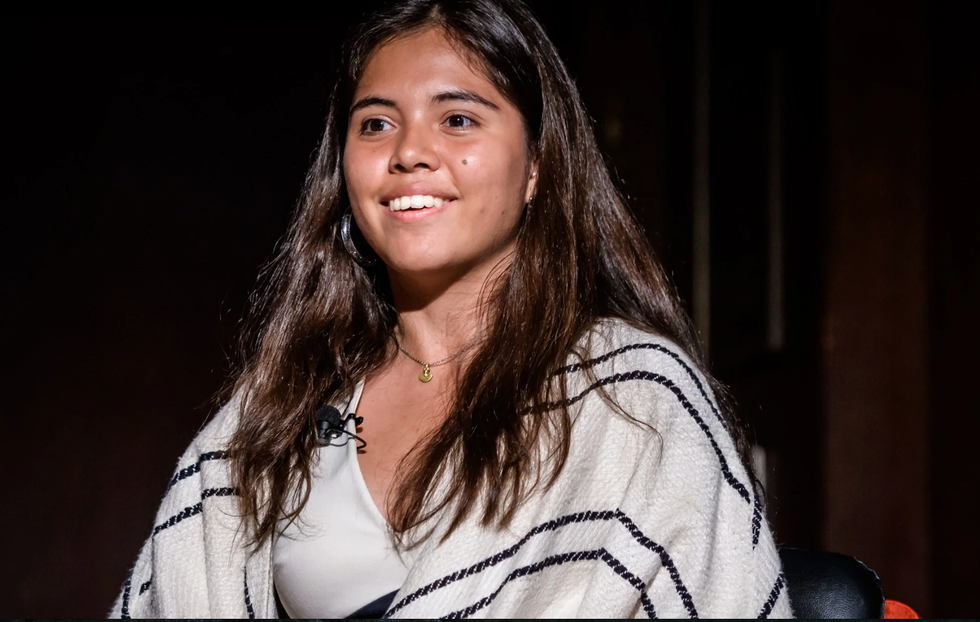
12. Leah Namugerwa (14) is a Ugandan student striker with #FridaysForFuture. She strikes every Friday by not attending class in order to protest and call for better solutions to plastic pollution and many other harmful things which affect the environment. Namugerwa was inspired to action after becoming aware of widespread hunger in Northern Uganda caused by prolonged drought, as well as several deadly landslides in Eastern parts of the country. "There are many environmental issues happening in my country but I barely see them in media or reported by anyone," she laments. "Media is ever reporting politics and celebrity gossip. The silence on environmental injustice seems to be intentional. Most people do not care what they do to the environment. I noticed adults were not willing to offer leadership and I chose to volunteer myself. Environmental injustice is injustice to me."
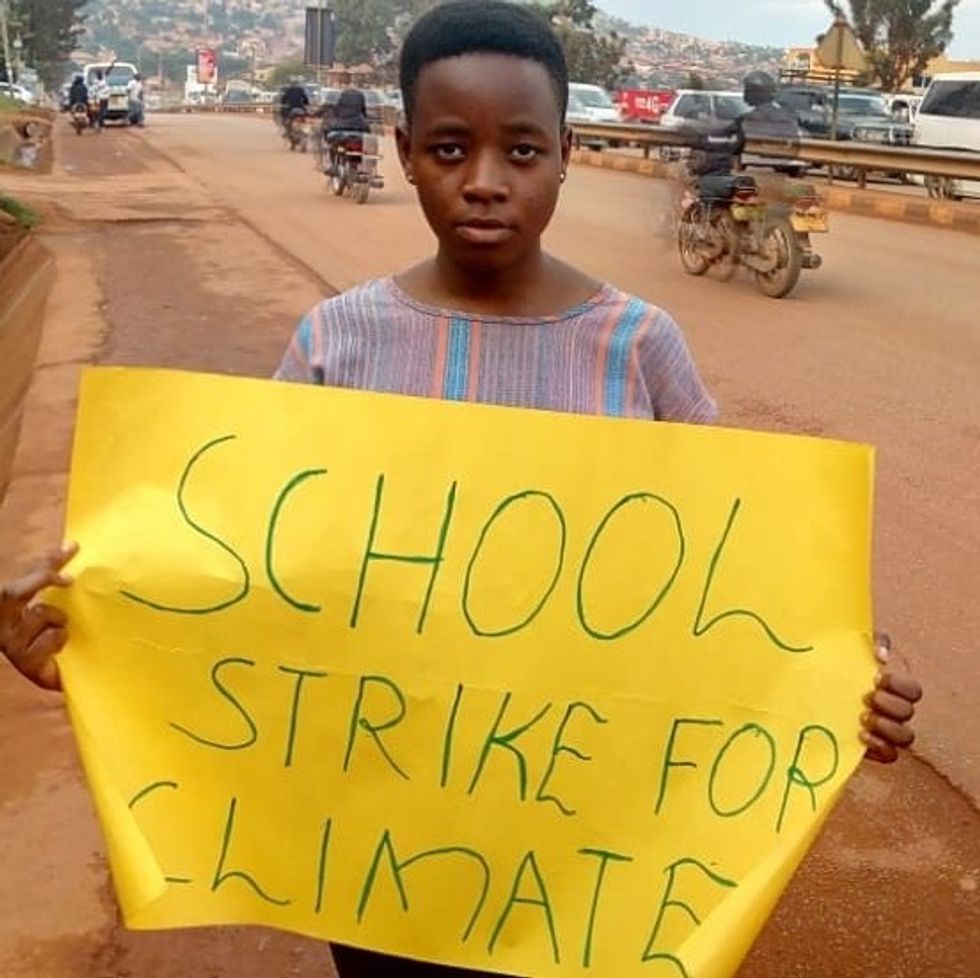
13. Artemisa Xakriabá (19) is an indigenous climate activist of the Xakriabá people who has worked to bring together four organizations from Brazil, the Amazon Basin, Central America, and Indonesia to combat environmental destruction across indigenous peoples' lands. "We fight for our Mother Earth because the fight for Mother Earth is the mother of all other fights," Xakriabá has declared. "We are fighting for your lives. We are fighting for our lives. We are fighting for our sacred territory. But we are being persecuted, threatened, murdered, only for protecting our own territories. We cannot accept one more drop of indigenous blood spilled."
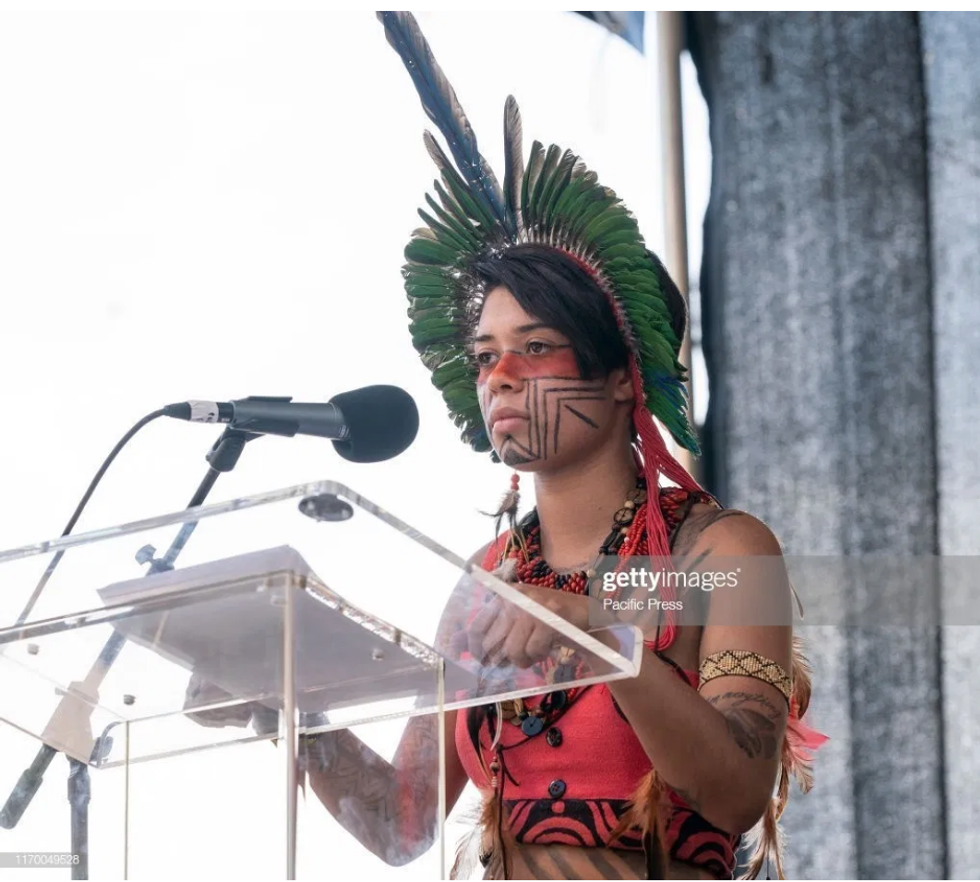
14. Naelyn Pike (19) is a member of the San Carlos Apache Tribe, but is Chiricahua Apache. She is an Indigenous Rights and Environmental Leader fighting hard to protect sacred lands, a passion that is in her blood. Her family founded Apache Stronghold, a "nonprofit community organization of grassroots organizers coming together to battle continued colonization, defend holy sites and freedom of religion, and is dedicated to building a better community through neighborhood programs and civic engagement." Her work has focused on saving the sacred site Oak Flat from being sold to a foreign mining corporation. Pike says, "I'm fighting to protect our sacred lands. Those lands are my homes. Those lands are who I am and where I come from. The place where I can feel free, as being Nde, as being Apache. That was taken away from me and the generations before me. That freedom to believe in anything, that freedom to be who we are, that freedom to pray, to sing the songs, to live on the land and to be who we are. That right was taken away."
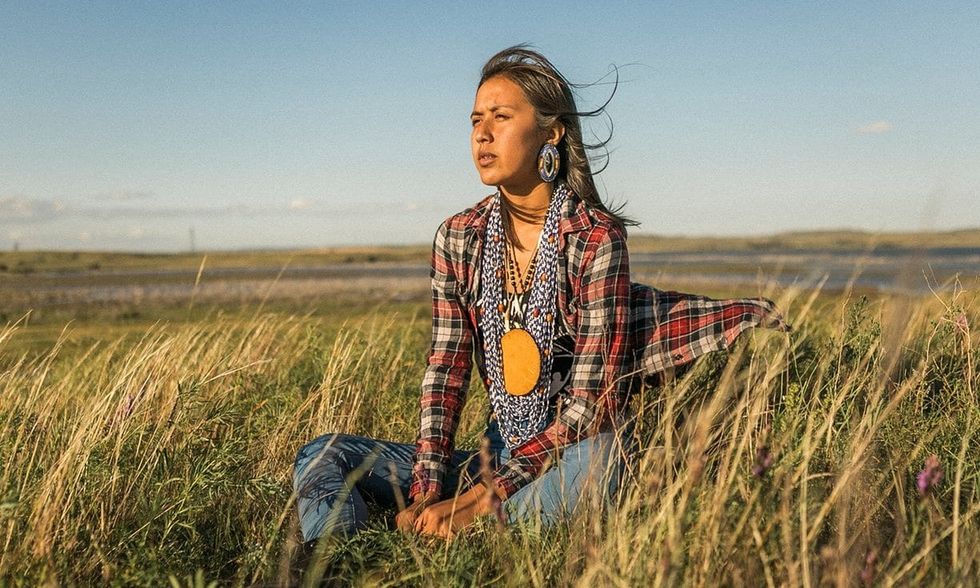
15. Karla Stephan (14) is the National Finance Director for US Youth Climate Strike and hails from a Lebanese and Syrian immigrant family, having fled during the 2006 invasion of Lebanon by Israeli forces. Karla says, "Nature needs us to speak up and break the silence about the violations against our oceans and forests. As the finance director, I will strive to make our movement more successful by partnering up with responsible sponsors and allocating resources to accomplish our goals."
